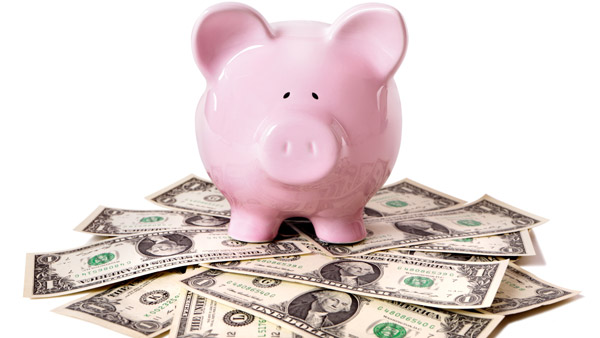 American may not be so spendthrift after all.
American may not be so spendthrift after all.
U.S. households have been socking away a lot more money in recent years than had been earlier thought, revised government statistics released on Friday showed. The saving rate over 2016 and 2017 is now pegged at an average 6.7 percent, up from a previously reported 4.2 percent.
The new data may help quell some economists’ concerns that consumers were becoming so pinched that they would have to cut back on their spending in order to put more money aside.
But there’s a catch: Most of the revision to savings in recent years came about because small-business owners and other proprietors made more money to salt away, not because workers got bigger wage increases.
The comprehensive update of gross domestic product carried out every five years by the Commerce Department’s Bureau of Economic Analysis rewrote recent history in other ways as well. Business investment, especially in high-tech equipment, was marked up.
So too was economic growth in the first quarter of most recent years, the final step in a drive to improve the seasonal adjustments that the BEA makes.
Below are highlights of the comprehensive update, based on a census of economic activity that the government carries out every five years to gather detailed industry and commodity data. The update also reflects new information from other sources, including the Internal Revenue Service and the Department of Agriculture.
Saving Rate
The household saving rate was revised higher in 10 of the last 11 years in the latest update, sometimes substantially. The changes were mainly driven by new IRS data showing that proprietors’ income was much bigger than previously known.
The mark-up in last year’s rate to 6.7 percent from 3.4 percent also reflected a change in the seasonal adjustment for employee compensation.
Seasonality Issues









 July 27, 2018 at 02:59 PM
July 27, 2018 at 02:59 PM










